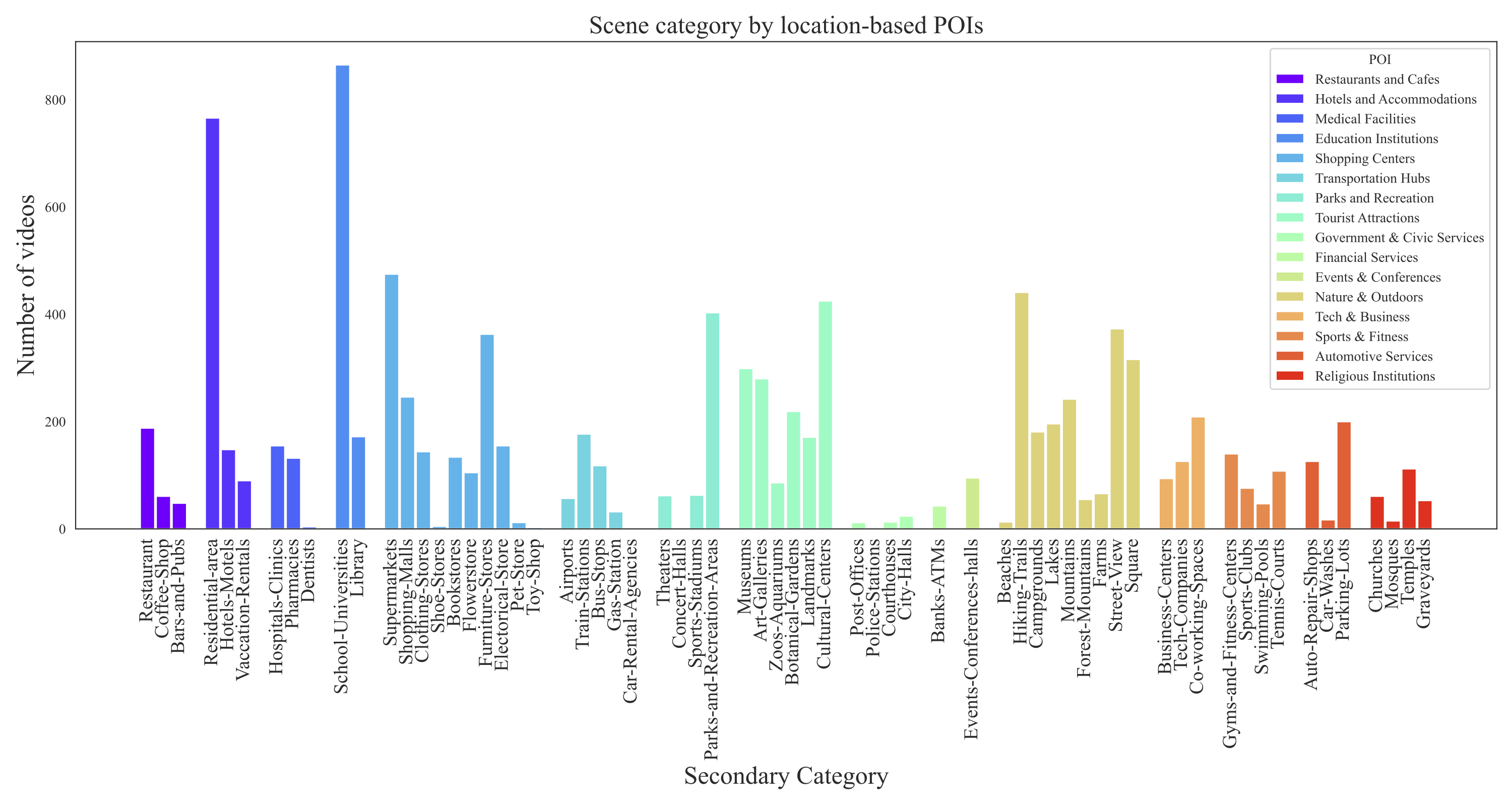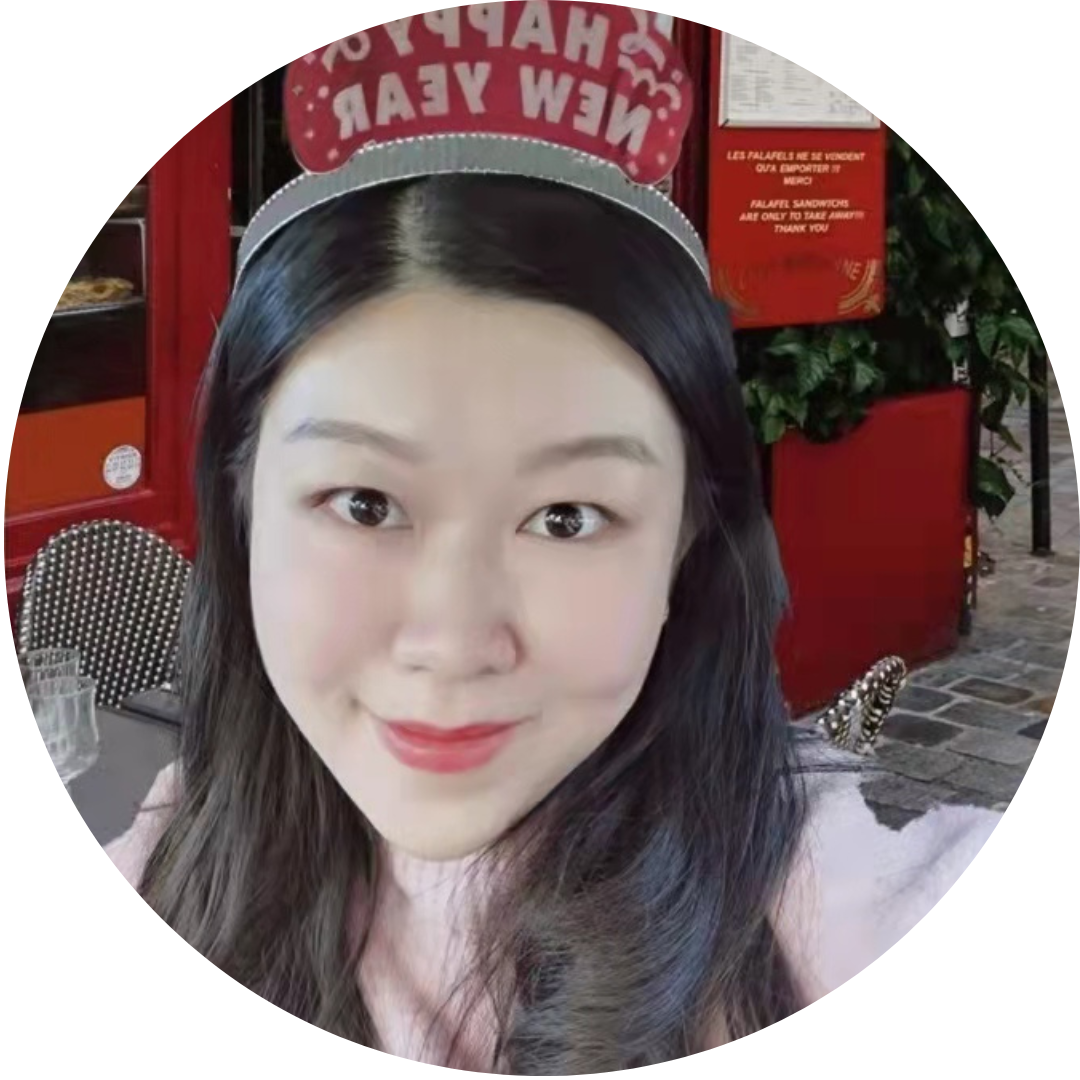Contribution & Acknowledgement
Dataset Contribution
Lu Ling: proposed and led the project. Designed the pipeline of the dataset, including data acquisition and data processing.
Yichen Sheng: worked on the data processing.
Yichen Sheng, Lu Ling, Wentian Zhao, Kun Wan, Cheng Xin, Zixun Yu, Zhi Tu, Qianyu Guo, Yawen Lu, Xuanmao Li, Aniruddha Mukherjee, Rohan Ashok, Xingpeng Sun, Xiangrui Kong: collected and labeled the data.
Paper Contribution
Lu Ling: worked on paper writing, conducted part of the experiments.
Yichen Sheng: conducted part of the experiments.
Lantao Yu, Zixun Yu, Yawen Lu, Qianyu Guo, Kun Wan, Cheng Xin: worked on proofreading.
Bedrich Benes, Gang Hua, Aniket Bera, Hao Kang, Tianyi Zhang: provided advisory input on the research framing and manuscript development.
Acknowledgement
We extend our heartfelt gratitude to our esteemed colleagues: Zhaopeng Wang, Jinghua Wu, Yueting Zhao, Haomeng Zhang, Aaditya Kharel, Izel Avila, Rahul Nahar, Mayesha Monjur, and Neel Acharya. Your invaluable contributions were instrumental in our endeavor to compile the DL3DV-10K dataset.






















